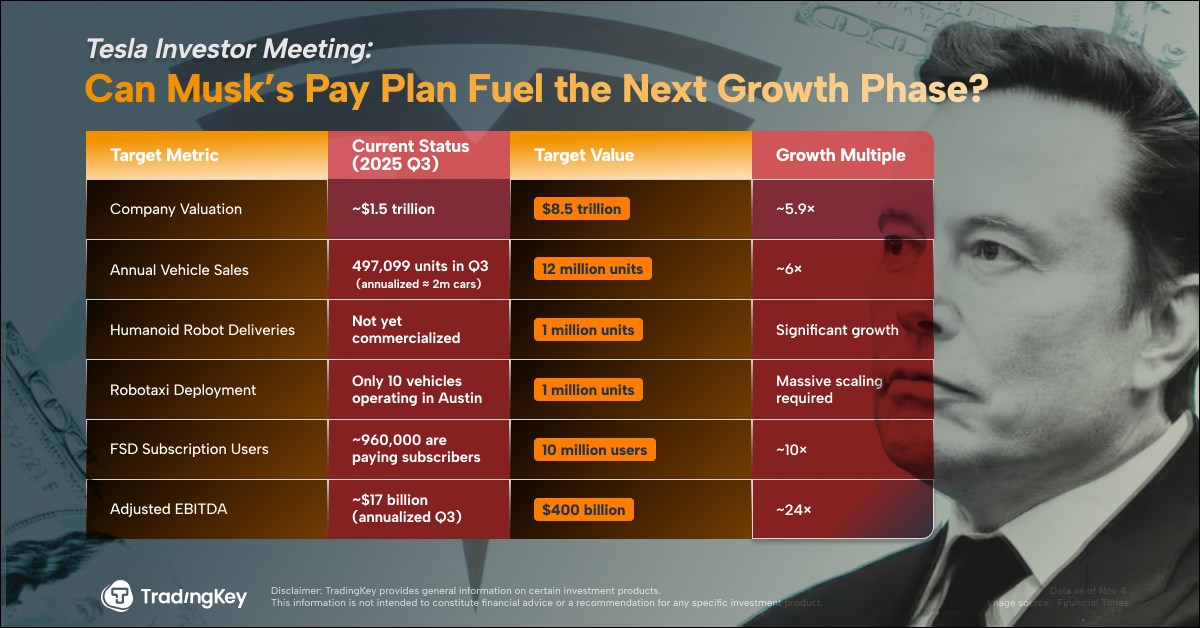LIVE MARKETS-Data desert oasis: ADP, PMI, mortgage demand

Welcome to the home for real-time coverage of markets brought to you by Reuters reporters. You can share your thoughts with us at markets.research@thomsonreuters.com
DATA DESERT OASIS: ADP, PMI, MORTGAGE DEMAND
The current congressional spending bill impasse is showing no signs of letting up, resulting in the longest-ever government shutdown. Consequently, investors (and the Fed) are stranded in a data desert, forced to rely on private sector indicators alone. That said, Wednesday offered a fairly abundant selection of private sector reports.
First, the private sector unexpectedly added 42,000 jobs in October, 14,000 more than analysts expected and marking a rebound from September's unexpected 29,000 decline.
ADP's National Employment index USADP=ECI has acquired new gravitas in the absence of the Labor Department's sorely missed employment report.
"Private sector data are becoming more precious as government data remain MIA," writes Jeffrey Roach, chief economist at LPL Financial. "In more recent years, the relationship between ADP and BLS has improved but both series can be choppy."
"Averaging away some of the choppiness, both sources give warning signals that the job market is drying up," Roach adds. "The Federal Reserve will likely focus on the weakening labor market as they continue the rate-cutting cycle."
The graphic below tracks ADP's NEI and measures its accuracy (or lack thereof) relative to Labor Department data.
Turning to the services sector, the Institute for Supply Management's (ISM) non-manufacturing PMI USNPMI=ECI gathered 2.4 to 52.4, stepping decisively into expansion after balancing last month on the PMI fulcrum dividing expansion from contraction.
Analysts predicted a less drastic, 0.8-point improvement.
A closer gander at the index's subcomponents shows a 5.8-point improvement in new orders and a 4.4-point acceleration in production. Employment continued to contract, but at a shallower pace, rising 1.0 point to 48.2.
Imports sagged under the burden of Trump's multifront tariff tantrum, dropping 5.5 points to 43.7.
Prices paid - an inflation predictor - heated up to an even 70.0, the highest level in nearly three years.
"The rebounds in both the Business Activity and New Orders indexes in October are positive signs, while the continued contraction in the Employment index shows a lack of confidence in the continued strength of the economy," says Steve Miller, chair of ISM's Services Business Survey Committee. "Respondents continued to mention the impact of tariffs on prices paid."
"There was no indication of widespread layoffs or reductions in force," Miller says. "But the federal government shutdown was mentioned several times as impacting business activity and generating concerns for future layoffs.
For its part, S&P Global's final take on September services PMI USMPSF=ECI, provides a cheerier view of the sector. While its index was revised 0.4 points downward to 54.8 from its "flash" take released a couple of weeks ago, the number still marks a slight acceleration from September's final 54.2 reading.
Taken together with Monday's manufacturing PMI, S&P Global's composite reading gained less momentum than previously stated, rising 0.7 points to a still-robust 54.6.
But below the hood, the picture isn't as rosy as all that.
“October’s final PMI data add to signs that the US economy has entered the fourth quarter with strong momentum," says Chris Williamson, chief business economist at S&P Global. "“However, there are signs that new business is coming at the cost of service providers having to soak up continued high input price growth to remain competitive."
"Business expectations about the year ahead have also fallen sharply and are now running at one of the lowest levels seen over the past three years," Williamson adds.
S&P Global and ISM indexes differ in the weight applied to their various components.
This shows the extent to which the dueling PMIs' agree (or not). It would appear they are generally on the same page with respect to manufacturing PMI, but they part ways at services:
Finally, financing home loans grew a wee bit more expensive last week, prompting a decline in borrower applications, according to the Mortgage Bankers Association (MBA).
The average 30-year fixed contract rate USMG=ECI added 1 single basis point to land at 6.31%.
That provoked a 0.6% dip in applications for loans to purchase homes USMGPI=ECI and a more sizeable 2.8% drop in refi demand USMGR=ECI which accounted for 57.0% of total mortgage activity, plunged by an eye-opening 20.6%.
Combined, total mortgage demand dipped 1.9%.
"Despite a decline last week, refinance applications are still significantly higher than a year ago," said Joel Kan, MBA’s deputy chief economist. "The average loan size for refinance applications was at its highest level in six weeks, as borrowers with larger loans continued to seek ways to lower their monthly payments."
The 30-year fixed rate currently sits 50 basis points above where it was a year ago.
Purchase and refi demand have risen by 24.8% and 151.4% over the same time period.
(Stephen Culp)
EARLIER ON LIVE MARKETS:
SPENDING AT RESTAURANTS SLOWS, BUT INDEPENDENTS OUTPERFORM CLICK HERE
STABILIZING CLICK HERE
AI: GOING ROUND IN CIRCLES? CLICK HERE
BUY THE DIP AND CARRY ON: RETAIL STICKS TO THE SCRIPT CLICK HERE
MAYBE WE ARE TOO OPTIMISTIC ABOUT INFLATION CLICK HERE
TECH JITTERS KEEP STOXX SUBDUED, RARE RALLY IN COPENHAGEN CLICK HERE
BEFORE THE BELL: MORE PROFIT-TAKING IN TECH, NOVO SLIDES CLICK HERE
PYROTECHNICS IN STOCKS AND US ELECTIONS CLICK HERE











